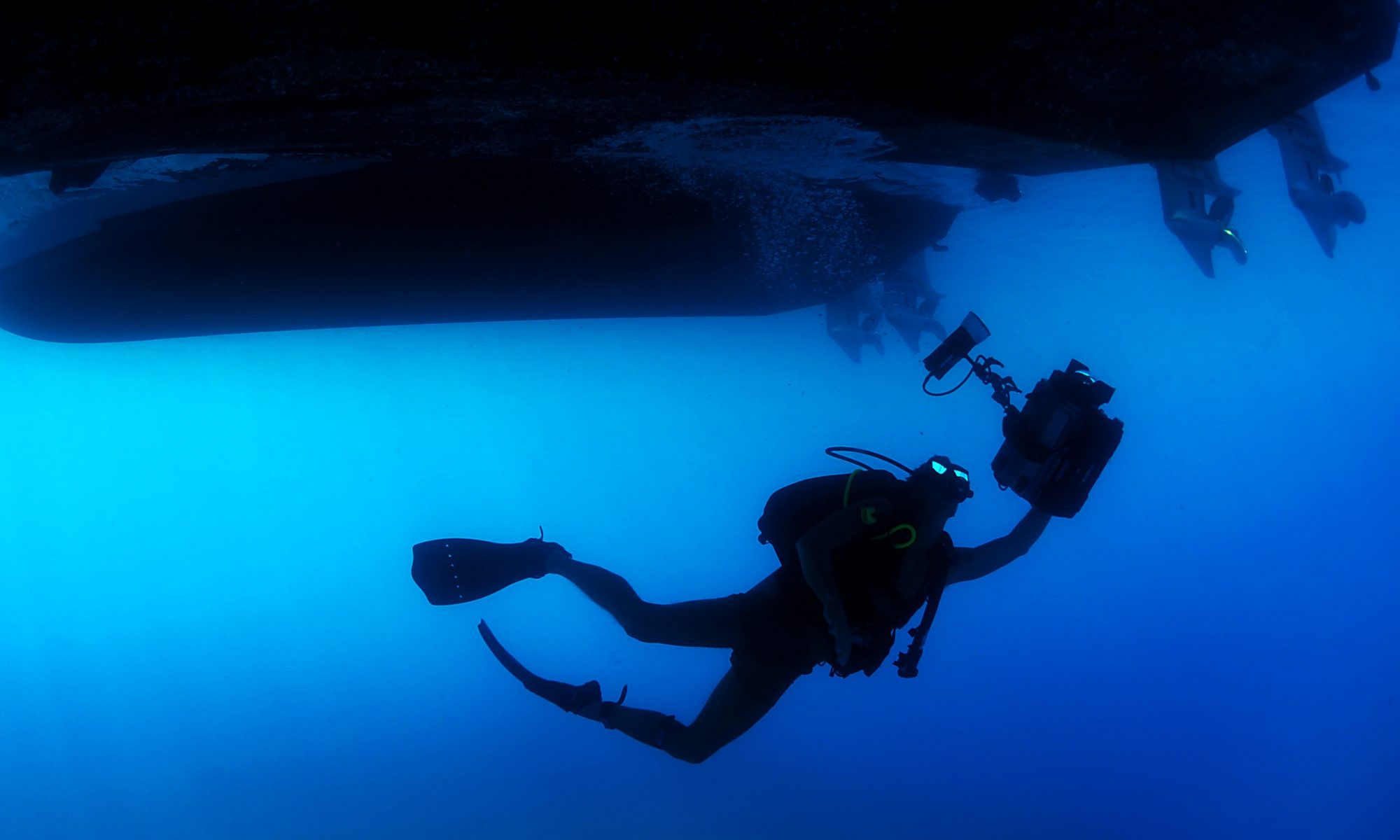Trends in phytoplankton communities within large marine ecosystems diverge from the global ocean
Kevin D. Friedland, John R. Moisan, Aurore A. Maureaud, Damian C. Brady, Andrew J. Davies, Steven J. Bograd, Reg A. Watson, and Yannick Rousseau
Abstract
Large marine ecosystems (LMEs) are highly productive regions of the world ocean under anthropogenic pressures; we analyzed trends in sea surface temperature (SST), cloud fraction (CF), and chlorophyll concentration (CHL) over the period 1998–2019. Trends in these parameters within LMEs diverged from the world ocean. SST and CF inside LMEs increased at greater rates inside LMEs, whereas CHL decreased at a greater rates. CHL declined in 86% of all LMEs and of those trends, 70% were statistically significant. Complementary analyses suggest phytoplankton functional types within LMEs have also diverged from those characteristic of the world ocean, most notably, the contribution of diatoms and dinoflagellates, which have declined within LMEs. LMEs appear to be warming rapidly and receiving less solar radiation than the world ocean, which may be contributing to changes at the base of the food chain. Despite increased fishing effort, fishery yields in LMEs have not increased, pointing to limitations related to productivity. These changes raise concerns over the stability of these ecosystems and their continued ability to support services to human populations.
[sendpaper paperurl=”2021_Friedland_LMS.pdf”]
Full Citation
Friedland KD, Moisan JR, Maureaud AA, Brady DC, Davies AJ, Bograd SJ, Watson RA, Rousseau Y (2021) Trends in phytoplankton communities within large marine ecosystems diverge from the global ocean. Canadian Journal of Fisheries and Aquatic Sciences 78: 1689-1700


